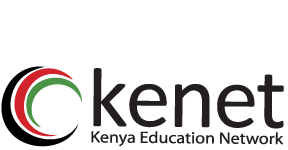Initially, SCI identified the following four categories of schools:This was going to be a large-scale experiment on educational content distribution, learning outcomes and schools administration.
-
WGL schools – These were the 141 schools (public and primary and secondary) that had already been connected to KENET network and the Internet under the tripartite partnership agreement of WGL, Nairobi County Government and KENET (List of Schools Connected)
-
KENET schools – These were secondary schools in the neighbourhood of KENET member institutions and simply required a last mile link of less than 20 KM (radio for long distances but fiber for short distances). KENET had mapped up to 6,000 schools that were in the neighbourhood of KENET nodes (see https://maps.schools.sc.ke ). As of February 29, 2016, KENET had connected three secondary schools under this category using last mile WiFi radio links from neighboring universities. Kisii school was connected to Kisii University main campus in Kisii County while Alliance Boys and Alliance Girls High Schools were connected to Presbyterian University of Eastern Africa in Kiambu County.
-
USF schools – The Communications Authority of Kenya (CA) through the Universal Service Fund (USF) intends to connect a selected set of schools in every county in an effort to bridge the national Internet access gap. in the first year of USF utilization (Access Gap Study). These schools could be connected directly to the KENET network or provided with Internet directly by commercial operators in Kenya. It is estimated that up to 500 schools in different counties could be connected per year.
-
Other CSR schools – This category includes schools that have been or are being connected to the Internet by other willing operators. For example, Airtel is reported to have connected up to 190 schools to the Internet, mainly by providing a 3G router with a WiFi access point to each of the schools (Airtel Internet for Schools). Safaricom has announced that they would connect all Internet ready primary schools that were being supplied with laptops under the government Digital Literacy Program, again using a 3G or 4G router to each of the schools.
